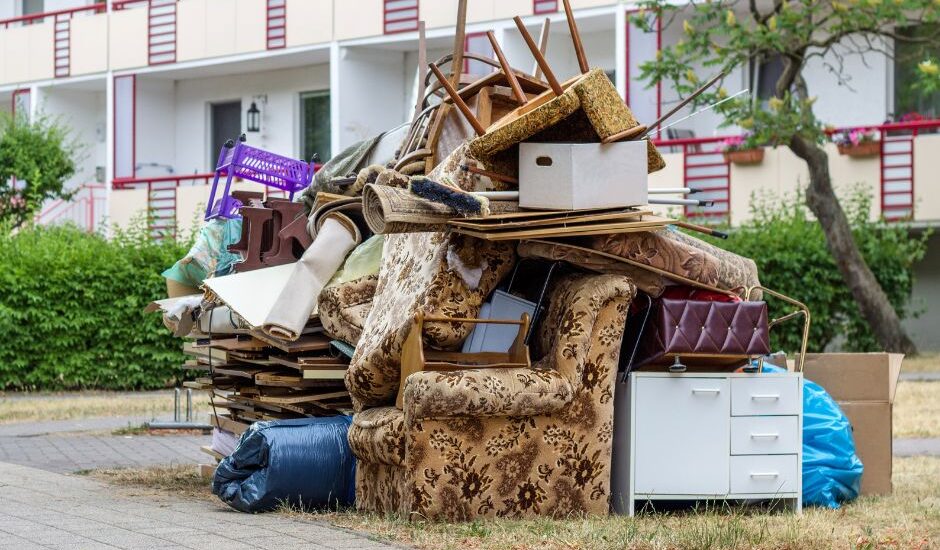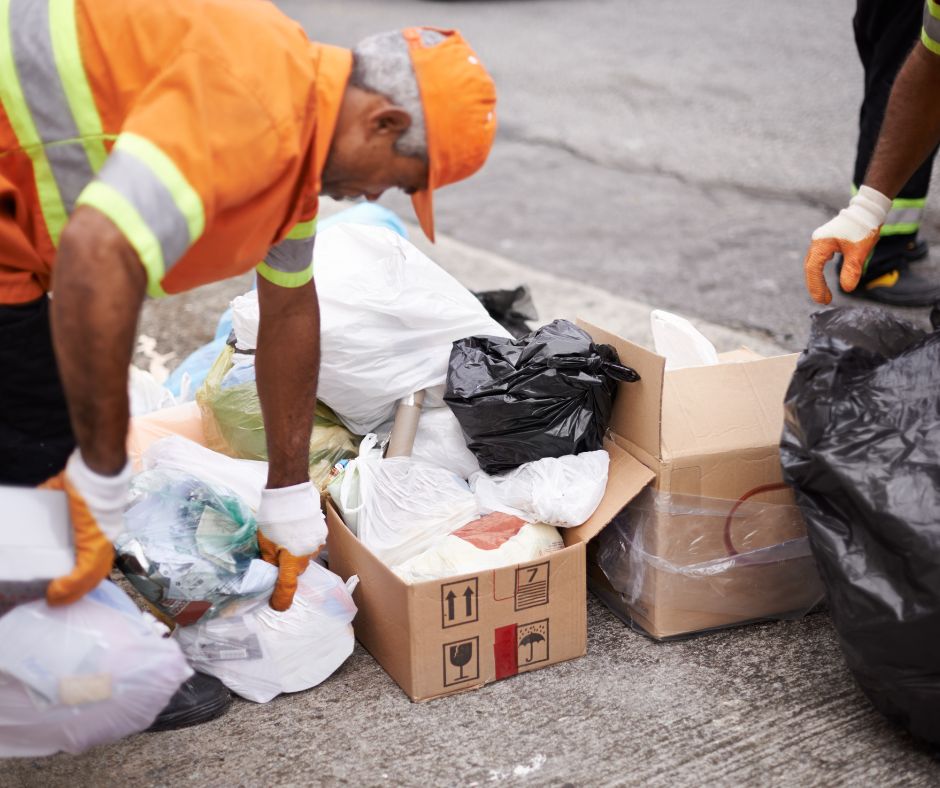Did you know that you need to pay to get rid of trash in Japan; hence, many opt to give away second-hand items instead of throwing them out because of such rules. However, you might have bulky items that are already broken, with no hope for life extension. Read on for a step-by-step guide to disposing bulk garbage in Japan.

General rules and steps to throwing oversized garbage
Oversized garbage is called “sodai gomi” and refers to any item bigger than 30cm on any dimension (height, width, or depth). There are also certain items that don’t fall under sodai gomi (more on this later) so it’s highly advised to inquire first before applying for trash collection. With that in mind, here are the general steps to getting rid of sodai gomi.
- Step 1: Check your bulky item collection schedule
Each community in Japan has strict trash collection schedules – twice a week for burnable, once a week for plastic, once a month for bottles and cans, and so on. Sodai gomi also has one set day a month, although this doesn’t mean you can just leave that old futon in the trash area.

- Step 2: Apply for a pickup
Once you know the schedule, it’s time to apply for your trash to be picked up. You need to do so at least two to three weeks before collection day. Take note that most of the garbage collection centers are only available in Japanese. You can rely on Google translate if the services are available online through your local municipality’s website. You can also prepare the necessary details such as the items being thrown out, the place or address of the disposal (your front door or the garbage collection point), and your name, address and contact details if applying by phone).
- Step 3: Pay necessary fees (if any)
The next step would be to pay for the ticket or sticker if needed. The fees vary greatly on the item being thrown out, the manufacturer of the equipment, and so on. For example, we disposed of a couple of futons in the past and were told just to roll them up and tie them securely; no fees required. Meanwhile, we know of other residents who had to pay to throw the same items.
If you are issued a ticket, you can pay for them at a convenience store or supermarket within your area as these are not transferable between wards or cities. You then receive a sticker where you will write your name and the registration number issued by the local municipality or garbage collection center. Stick these on your garbage, and you’re good to go! If you fail to buy a ticket, your trash will remain at your front door or the drop-off area.

- Step 4: Prepare the trash on time
The last piece of advice would be to follow the designated time of disposal. If you were told to have the items at the pickup point before 8 am, then prepare the items with ample time to spare. If you miss the schedule, you will have to restart the entire process.
Dropping off trash yourself
As mentioned earlier, you have the option of registering to have your sodai gomi picked up at home or your neighborhood trash drop-off point, as well as bringing them in yourself to the garbage collection center. If you chose the last option, make sure to bring some form of identification such as your health insurance card, My Number, or driver’s license to prove you were the one who registered and your address. It’s also best to double-check if your nearest collection center accepts personal drop-offs to avoid going back home with your trash still in tow.
Throwing oversized garbage from businesses
Although most homes can contact their local government unit to pick up oversized trash, it’s not so straightforward for businesses. For example, the seven wards of central Tokyo do not accept sodai gomi from businesses. These establishments must use a private waste disposal company to get rid of bulky items.
Furthermore, there are certain policies and laws surrounding the disposal of bulky equipment such as air conditioners, refrigerators, freezers, washing machines, personal computers, and television units. It’s recommended to check the regulations first to avoid complications.
You can access the following link for a waste disposal summary of oversized garbage in Tokyo’s 23 wards. The guide includes details on how to apply, the fees and whether you can drop off a particular item based on your ward.

Hire waste disposal companies
Your other option would be the multiple waste disposal operators, which could be easily found in the comment sections of Facebook pages “Tokyo Sayonara Sale” or “Mottainai Japan.” These are often foreigner-operated, so you can go through the transaction in English. The people will go to your home and take your big items for a fee.
Illegal dumping is a crime
You might think that it’s just trash and collection centers have the means to just take yours and dispose of them properly as long as you leave it at the pickup point. However, illegal dumping is a crime subject to up to five years imprisonment, a fine of up to ¥10 million, or both. If a business gets caught with illegal dumping, the penalty is increased to a maximum of ¥300 million.

Other ways to dispose of bulk garbage
That huge picture frame or sofa might be garbage to you but could be just what another person needs for their home. With that said, you can opt to give away your bulk items instead of throwing them out. The quickest way would be to post photos and details of the items on Mottainai Japan Facebook groups. These pages are filled with individuals looking to furnish their homes and spaces without spending much.
You can actually get rid of large appliances and equipment without checking if they fit the waste removal rules, leaving your home, and paying a fee. Plus, it helps another individual, so it’s definitely a win-win!
It’s not every day that we have big items to dispose of; hence, more rules are attached. Hopefully, the guide above helped explain the essential steps and options for throwing bulky garbage without a hitch!



